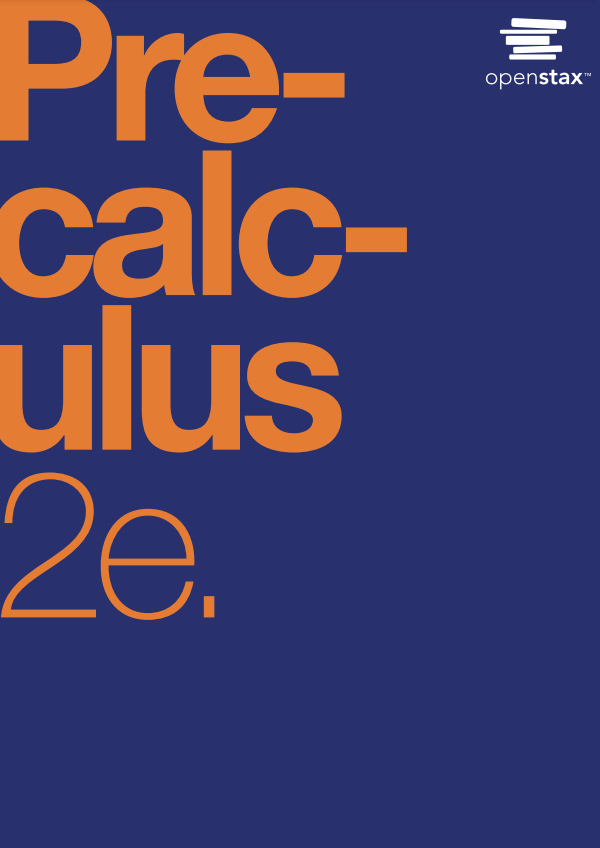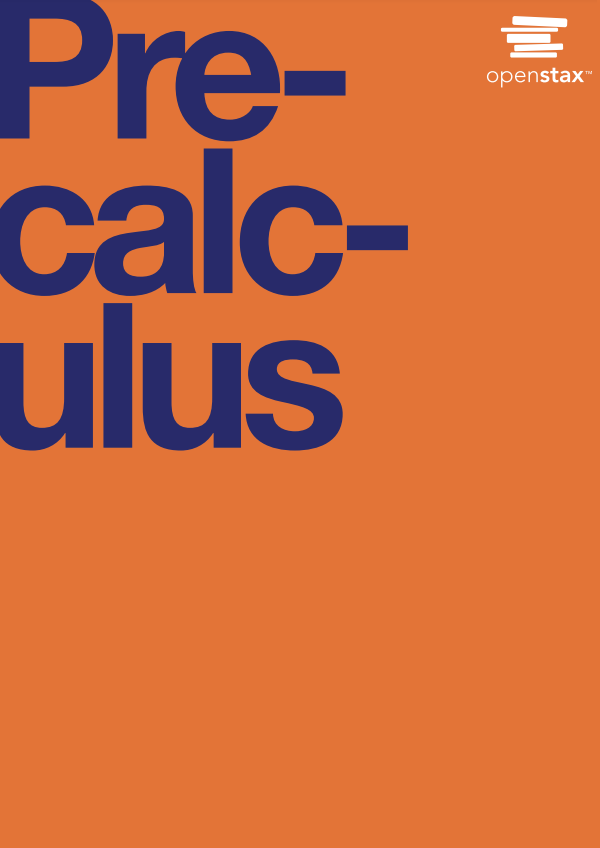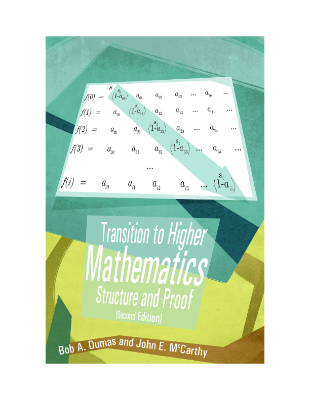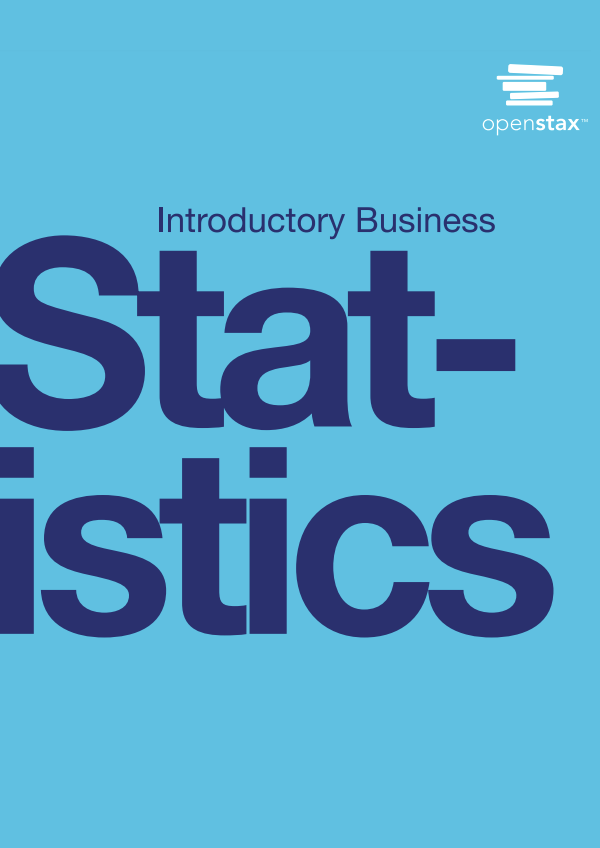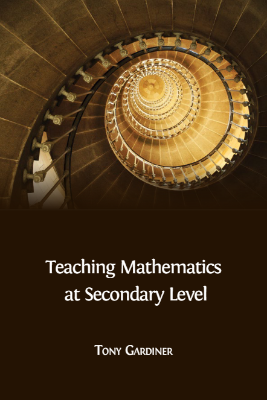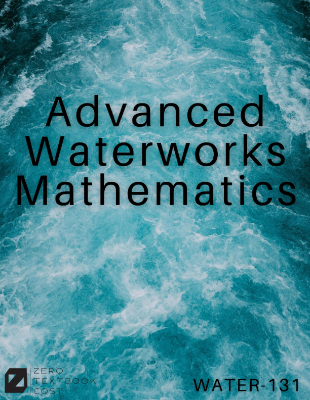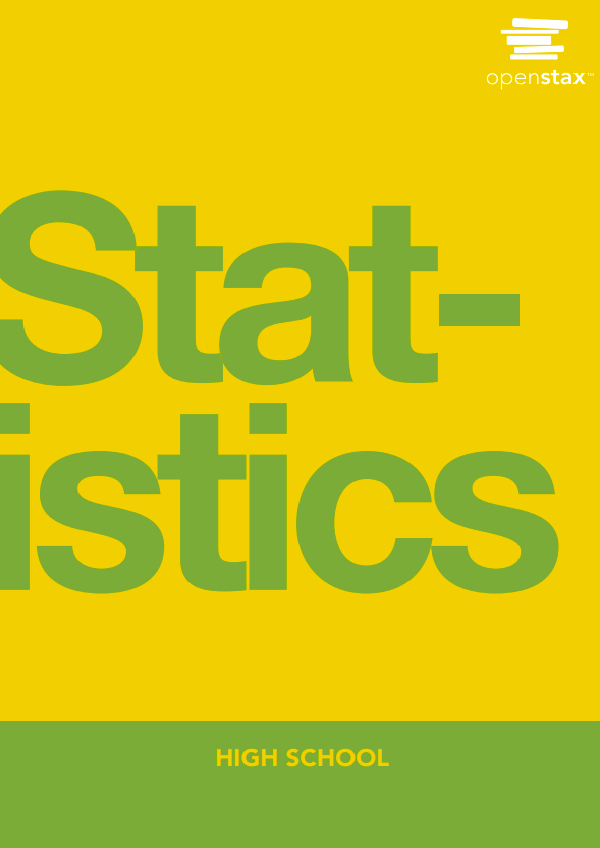This text is an introduction to calculus based on the hyperreal number system and uses infinitesimal and infinite numbers freely. Just as most beginning calculus books provide no logical justification for the real number system, none are provided for the hyperreals. The text is aimed primarily at readers who already have some familiarity with calculus. Although the book does not explicitly assume any prerequisites beyond basic algebra and trigonometry, in practice the pace is too fast for most of those without some acquaintance with the basic notions of calculus.
The Arrow Paradox
In his famous arrow paradox, Zeno contends that an arrow cannot move since at every instant of time it is at rest. There are at least two logical problems hidden in this claim.
The Hyperreals We will let denote the set of all real numbers. Intuitively, and historically, we think of these as the numbers sufficient to measure geometric quantities. For example, the set of all rational numbers, that is, numbers expressible as the ratios of integers, is not sufficient for this purpose since, for example, the length of the diagonal of a square with sides of length 1 is the irrational number . There are numerous technical methods for defining and constructing the real numbers, but, for the purposes of this text, it is sufficient to think of them as the set of all numbers expressible as infinite decimals, repeating if the number is rational and nonrepeating otherwise.
Properties of Derivatives
We will now develop some properties of derivatives with the aim of facilitating their calculation for certain general classes of functions.
Optimization
Optimization problems, that is, problems in which we seek to find the greatest or smallest value of some quantity, are common in the applications of mathematics. Because of the extreme-value property, there is a straightforward algorithm for solving optimization problems involving continuous functions on closed and bounded intervals. Hence we will treat this case first before considering functions on other intervals.
Integrals
We now turn our attention to the other side of Zeno’s arrow paradox. In the previous chapter we began with the problem of finding the velocity of an object given a function which defined the position of the object at every instant of time. We now suppose that we are given a function which specifies the velocity of an object, moving along a straight line, at every instant of time and we wish to find the position of the object at time There are two approaches to finding we will investigate both, leading us to the fundamental theorem of calculus.
The Fundamental Theorem of Integrals
The main theorem of this section is key to understanding the importance of definite integrals. In particular, we will invoke it in developing new applications for definite integrals. Moreover, we will use it to verify the fundamental theorem of calculus. We first need some new notation and terminology. Suppose is a nonzero infinitesimal. Intuitively, is infinitely smaller than any nonzero real number. One way to express this is to note that for any nonzero real number.




